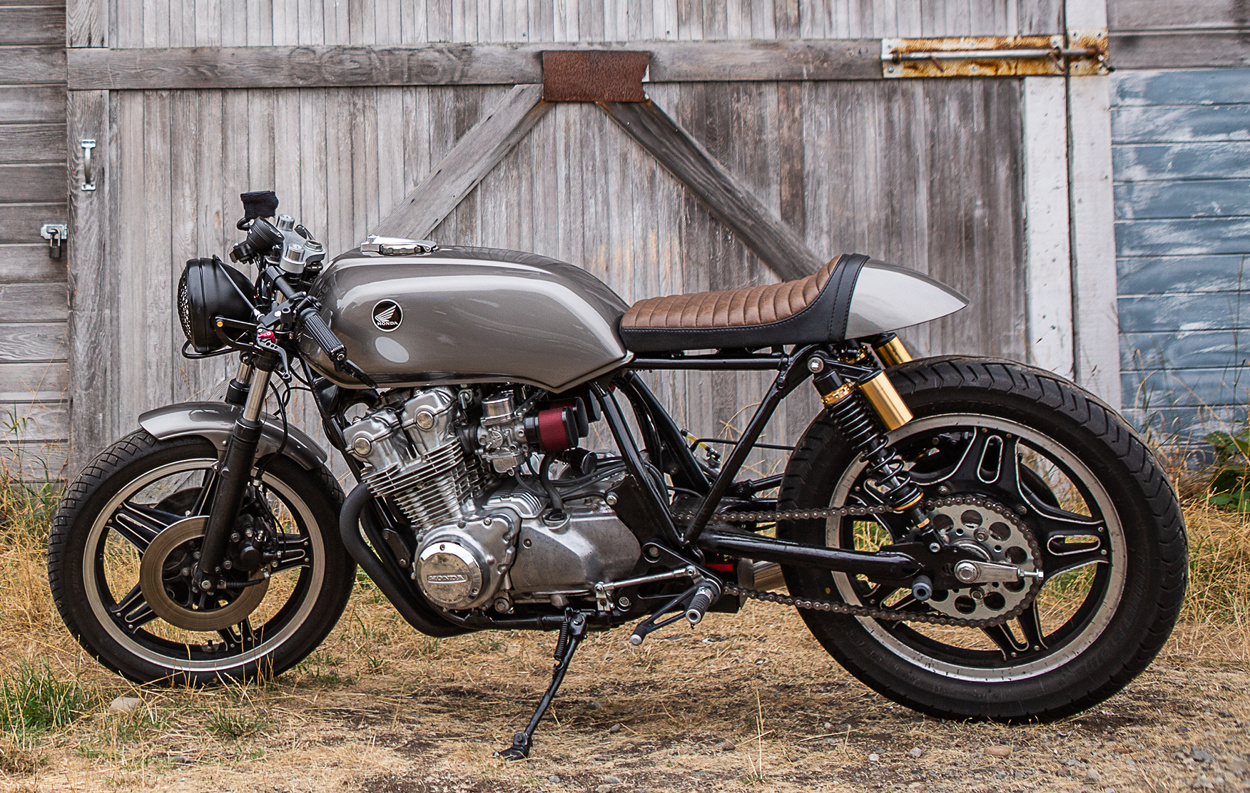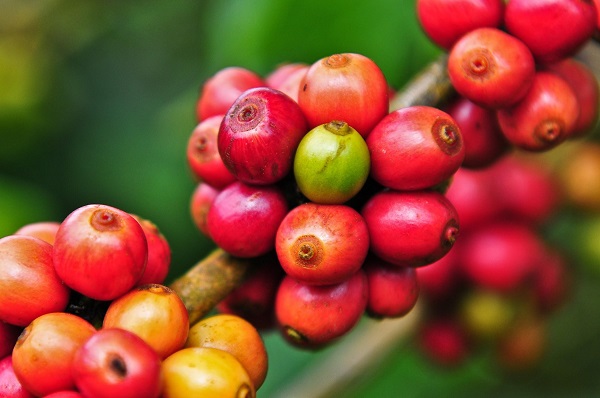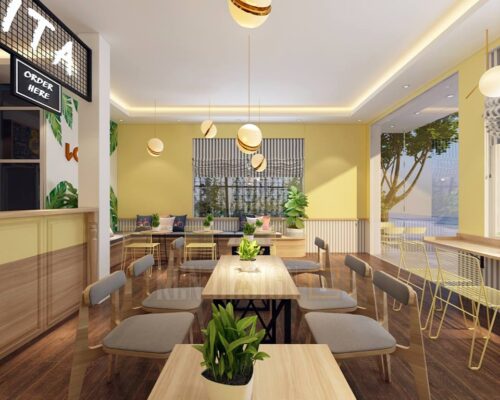You don’t need to have a linguistic background to realize that café = café, but what about those other gastronomic concepts of French origin? how does a french bistro compare to a brasserie francois? Join us for a quick tour as we dive into the food lexicon and discover what makes these types of French-based restaurants distinctive in design.
brasserie / “brewery”: brasseries are the antecedent of gastropubs in the sense that they serve beer (sometimes homemade) and food, but not just “bar food”; You won’t find greasy fries or sad, flimsy burgers here. thoughtful, hearty and satisfying food finds its home in both the breweries of yesteryear and the gastropubs of today. What sets breweries apart from a bistro is that they typically provide more generous serving hours, bleeding late into the night or turning over tables after hours in the afternoon. and in the past they were the place for a good local beer, but now, like 99% of French restaurants, they serve a wine list. Brasseries are historically Alsatian, meaning they come from Alsace-Lorraine, a long-disputed part of France that has changed hands between Germany and France many times. The brasseries, also known as Alsatian brasseries, served as a warm refuge from the constant warfare and thus became a people’s place, serving fancy food, yes, but also sauerkraut or some special from the day (moderate price). .
Reading: Classic french cafe interior
See also: What is a flat white & how is it different from a latte? – Perfect Daily Grind
design detailssome say the brasserie has endured because of nostalgia: it emerged during the belle epoque in france, widely considered to be one of its most glamorous and romantic periods. art nouveau followed immediately after, a distinctive style that appreciated organic objects for inspiration and relied on curves, flourishes, and serif (!) fonts. some of the designs from this era, from chairs to subway station doors, balconies and window frames, are reminiscent of vines climbing a wall or bursts of flowers set in landscapes of muted complementary colors with a sienna tint, as if they too knew The “good old days” (translation of la belle epoque) would soon be a thing of the past. Bofinger, reputedly the oldest brasserie in Paris, is an art nouveau time capsule. The chandeliers are silver snakes. The molding is ornate. there is a large stained glass installation in the center many brasseries, even if they haven’t been around for over 150 years, retain these details or offer a new update to deliver the satisfying design experience of their predecessors.
bistro / “fast” in Russian / from the French word ‘bistreau’, “innkeeper” a French bistro has its associations with family: family ownership and family hours. that means lunch from 11 to 3 p.m. m. and a break in the middle to tend to the children and refresh the store. dinner from 7-12am. the menu may not change its offerings for lunch or dinner, serving the same menu all day. A small selection of wine and beer also used to rotate. The French bistro traditionally served simpler food (traditionally, the nouveau bistro movement was run by chefs who wanted to provide an unpretentious, intimate setting while serving unique and complex cuisine) at more affordable prices. the bistro atmosphere can encourage guests to linger and chat after their meal, a kind of café/restaurant hybrid, rather than feel like they have to leave once the bill has arrived. There are rumors that bistros got their name from the Russian word “bistro”, which means fast, during the Russian occupation of France. Russians were looking for a quick bite, so the name “bistro” worked as an all-in-one restaurant title. but not everyone agrees on this.
design details zinc countertops were so popular in French bistros that people called them “zinc” for short. While some bistros are more zinc-like than others (think of when you’d use the term greasy spoon restaurant versus lunch spot), the bar is the heart of the entire operation and, in very traditional terms, should be made of galvanized steel. steel. These neighborhood mom-and-pop stores were mostly the watering hole for the locals, which is to say, not necessarily a place one would traverse neighborhoods to get into (unless you’re Cafe des Deux Moulins, where Amélie was filmed). A classic French bistro was also characterized by black-and-white tiled floors, poster-studded walls, and charming wicker chairs with relaxed backs. While Chicago’s La Campagne Bistro certainly doesn’t feel casual, it does feel incredibly inviting with its magical low-lit outdoor patio, complete with strings of fairy lights, and warm wood accents. the small roof overhang at the entrance is a nod to the quintessential French cafe and bistro culture, we’re sure.
See also: Dixie Café forced to close due to delinquent taxes
coffee / “coffee”: the coffee culture as a meeting point for intellectual, political and philosophical thought, the exchange of artistic ideas and cabaret performances has It’s been a global phenomenon for centuries, but it has become especially ubiquitous in pop culture when it comes to Paris. Gertrude Stein could have been sipping an espresso while writing a great literary work in one of Paris’s many outdoor cafes. cafes prioritized coffee, beer, wine, and spirits. a light snack or meal may be available, but the food was generally not as thoughtful as in the bistro or brasserie.
design detailsfrench cafes often turn on corners, which is not surprising because the city of paris seems to have been mapped out by a bunch of angry ants; streets buzzing like this and radiating from the heart of the city. Whether they’re on the sidewalk or at a right angle, most have a few chairs outside, because Parisians will drink coffee alfresco, rain or shine, relying on awnings to protect them from the elements. One of the best things about French-inspired cafes is that their design feels so simple and has endured so well. chairs outside; chairs inside. tiny round tables. large shade canopy. wood detail. From Starbucks to Cafe de Flore, cafes don’t look all that different than they used to in this sect of coffee culture. of course its counterpart: modern, sober, white, metal, minimalism; more Scandinavian has also endured. But it’s easy enough to see what style the coffee giant Starbucks was inspired by.
See also: 17 Historic European Cafes Worth Travelling For








